 Our modern educational system has taught most of us to focus on the literal, to separate the fields of knowledge, to learn topics as if they are fundamentally detached from each other, and to build areas of expertise and career around disconnected specialties.
Our modern educational system has taught most of us to focus on the literal, to separate the fields of knowledge, to learn topics as if they are fundamentally detached from each other, and to build areas of expertise and career around disconnected specialties.
We are even encouraged to separate the various parts of our life—math class from English class, gym from history, school from family, work from private lives, spouse from child relationships, family from friend relationships, religion from politics, career from entertainment.
Most children and parents leave home in the morning to spend time at school, work and other separate activities—ultimately spending less time with each other than with people outside the family.
Anything less than such separation of the various parts of our lives is considered unhealthy by many experts.
Thus it is not surprising that the use of metaphor is often missed in our modern world.
We seem to be a nation of literalists now. We understand allegory, comparison, contrast, simile and even imagery, as long as the comparisons are patently apparent or clearly spelled out.
Metaphor—not so much.
The classics teach metaphorical thinking.



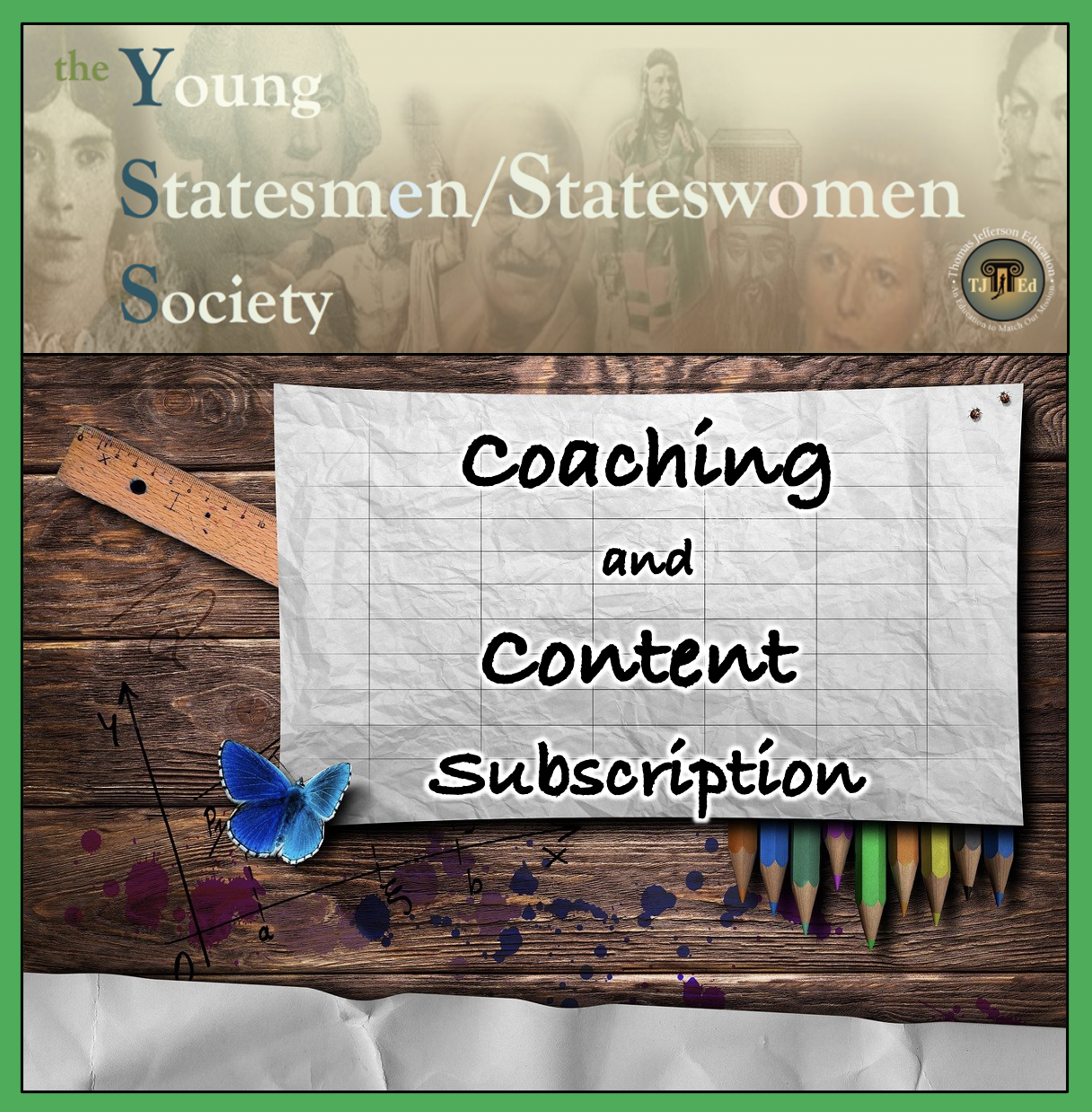
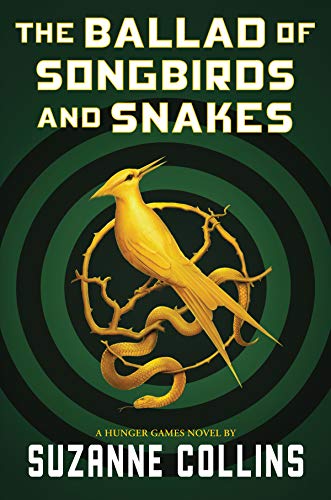
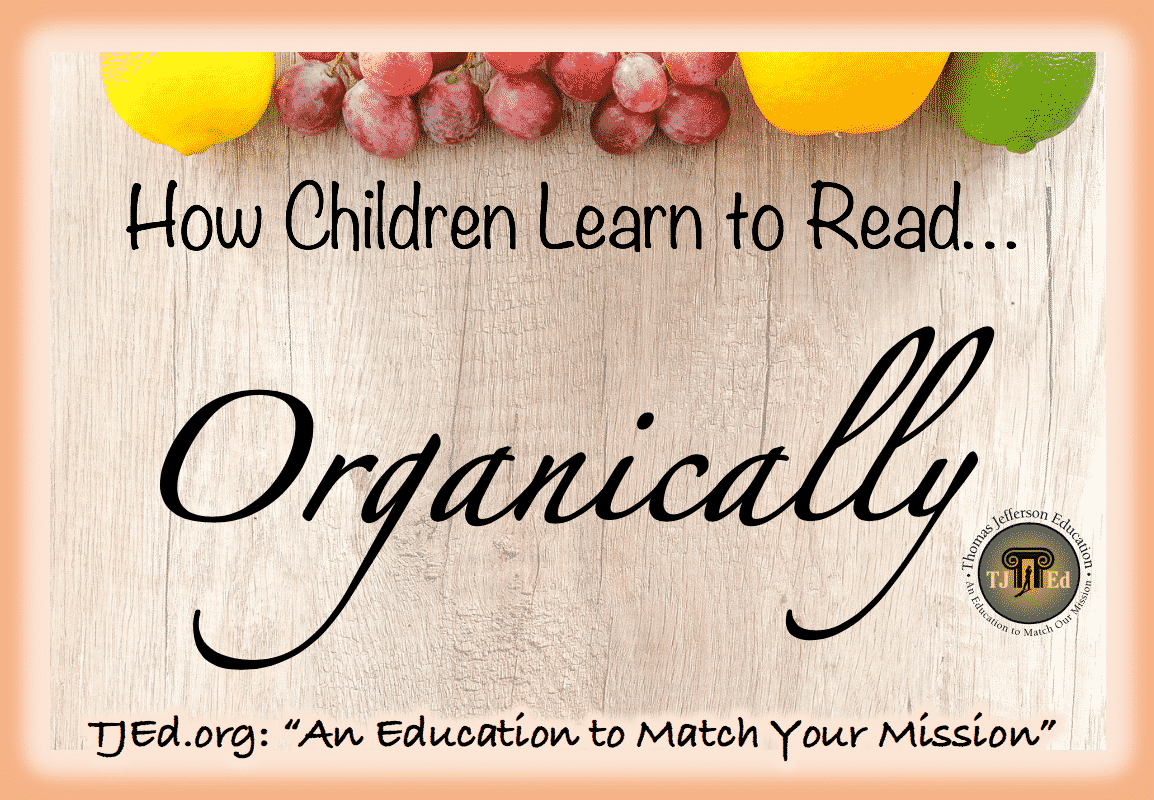



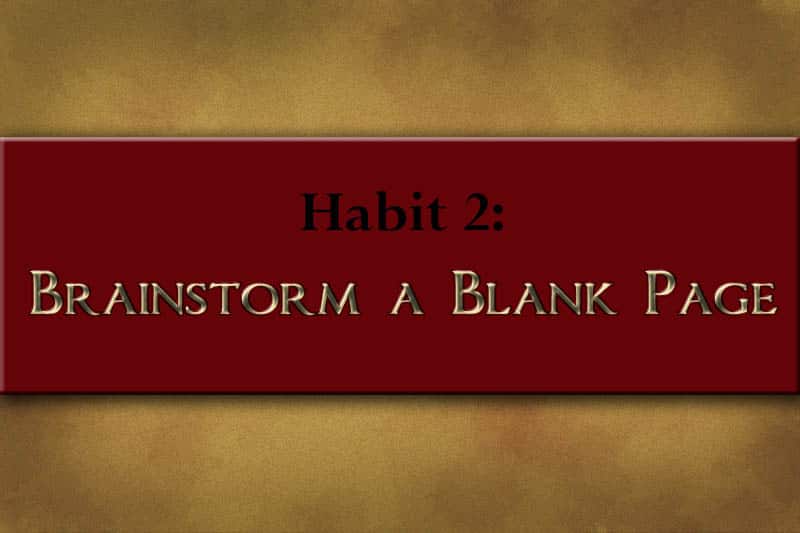







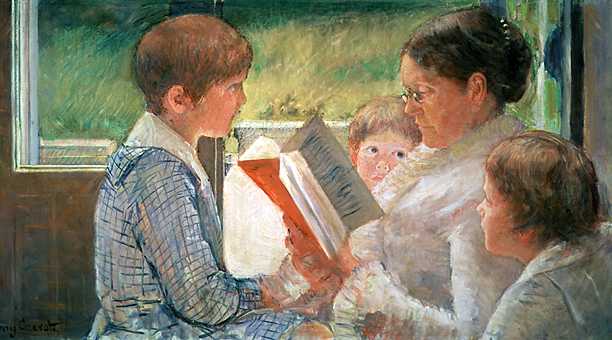

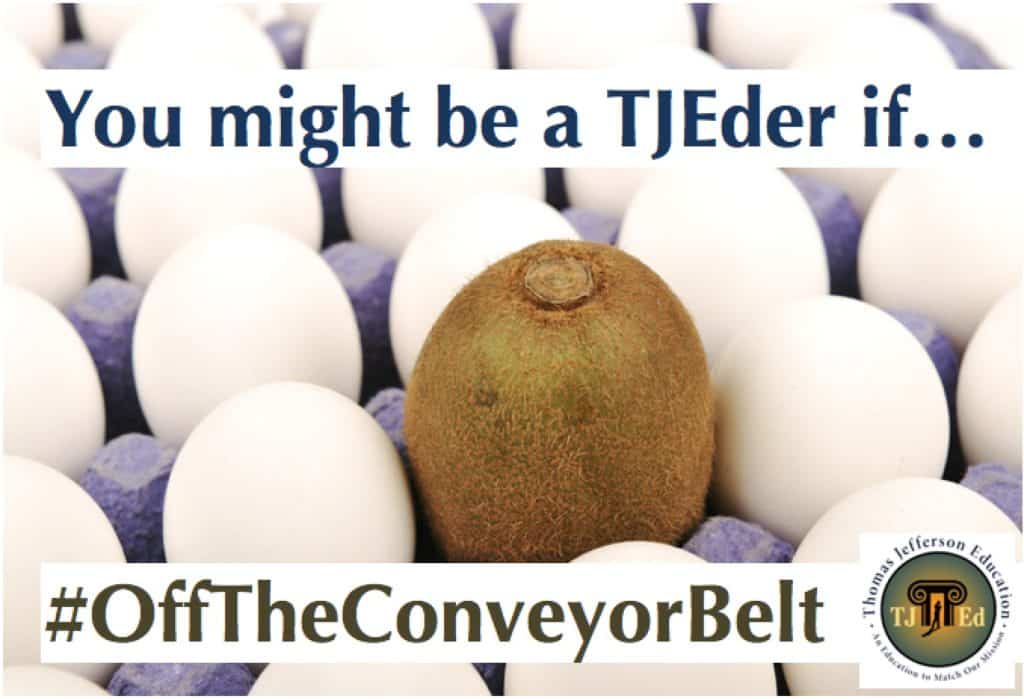


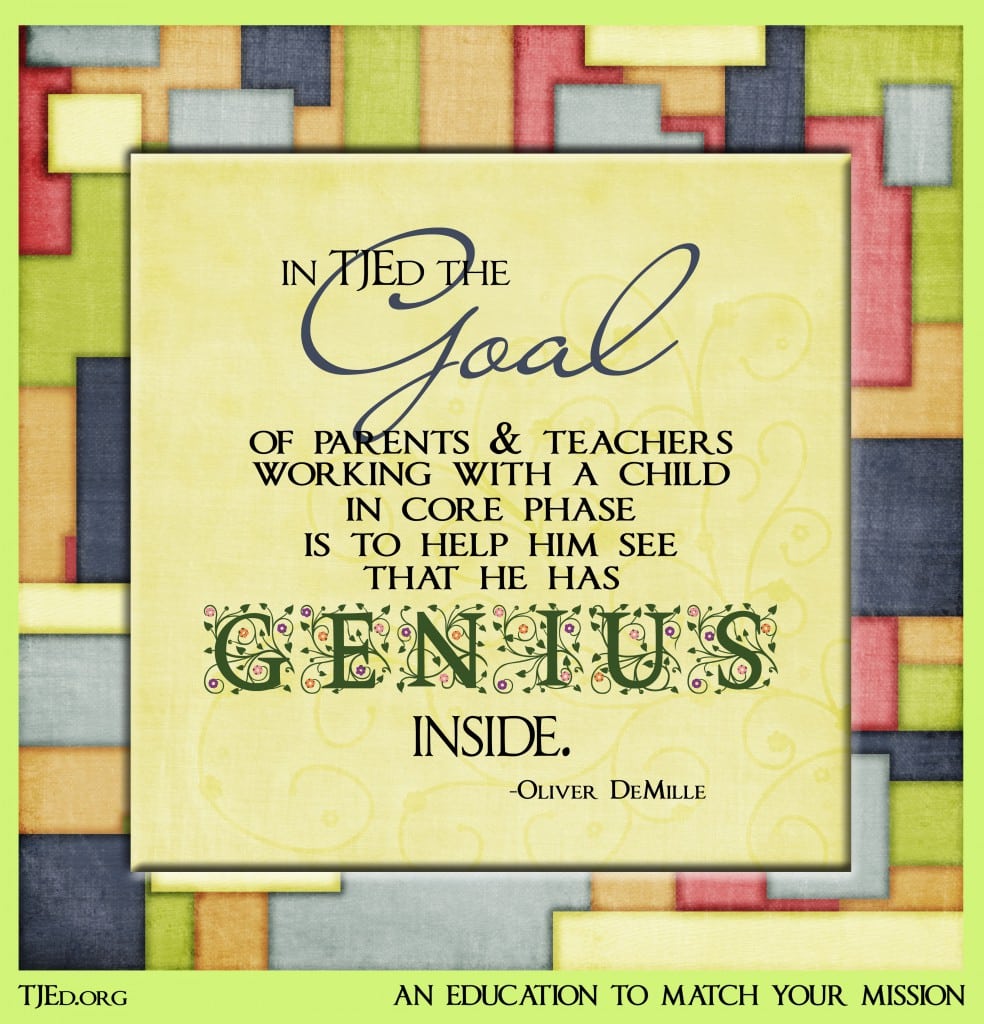



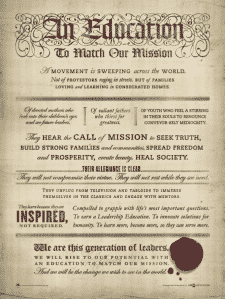



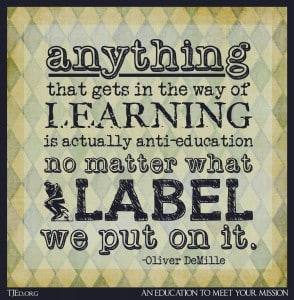
I know this exposes my conveyor belt hangover, but what is the difference between allegory and metaphor?
Hi, Ammon,
Basically, an allegory is a type of metaphor. Metaphors can be simple snapshots or drawn-out narratives. The narrative type, with longer, more detailed development is allegory. Think: caves or olive trees.